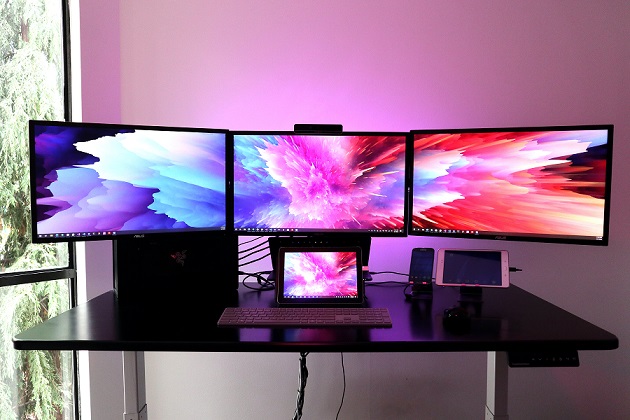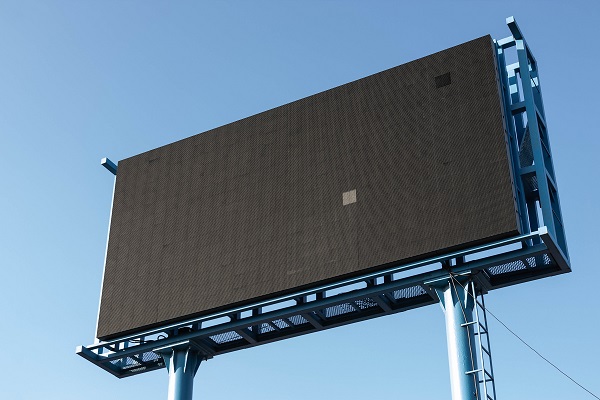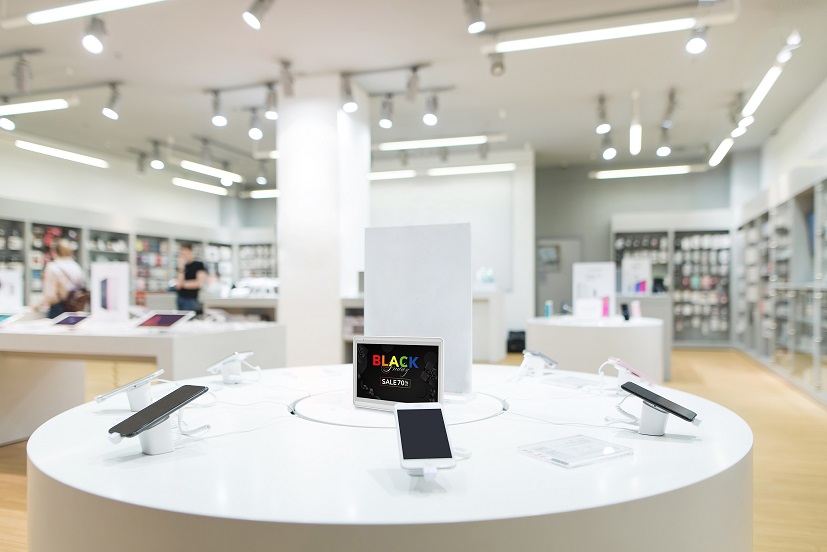When selecting an eBook reader, you have two primary options. It's a tough call between a dedicated eReader like the Kindle Paperwhite and a tablet computer with an LCD screen like the iPad.
The screen size and resolution is the primary differentiating factor between E-Ink labels and LCD labels.

What is E-Ink, and How Does It Function?
It wasn't until research and development in the 1990s that e-Ink became a viable replacement for paper, while the technology had been around since the 1970s. First and foremost, the E-Ink-efforts Corporation's standardizing production and driving down costs for consumers made this advancement possible.
What sets E-Ink apart, though? The word "bistable" is essential here. Because each image-forming particle can exist in two stable states, they are bistable. Placed either in the backdrop of its capsule (rendering the particle invisible) or in the foreground (making the particle visible). An E-Ink display's steady viewable state allows it to retain its image even when no power is present. Electronic shelf labels keep their previously displayed image/price/text even if the power is cut or the battery is removed. Because an E-Ink display only needs electricity when communicating new information or interacting with the network, shelf labels are very efficient.
For this reason, batteries for e-shelf-labels can last as long as five years. Furthermore, E-Ink can be viewed clearly from up to 180 degrees away, making it ideal for outdoor use. Based on current technology, nothing can replace paper in terms of energy efficiency and legibility except for e-paper.
Comparison between E-Ink and LCD Screen Technology
Black-and-white text looks excellent on E-Ink devices. They have a low refresh rate and cannot display colors (few color E Ink panels exist). Consequently, the readability of text on an E Ink display is its primary advantage. In advertisements, E Ink displays are called "electronic paper" because of how similar their appearance is to that of paper compared to standard LCDs.
LCD screen technology is widely used in electronic devices, including computers, smartphones, and even televisions. It has a higher refresh rate and can show more colors, allowing for more fluid animations and user interfaces and the ability to play games and view videos. Backlighting refers to using a light source located behind a liquid crystal display.

Practical differences between the screens
Reading Outside
When you read a book, do you like to read it in the shade or in the sun? A gadget with an E Ink display is what you need. The lack of reflection in an E Ink display makes it seem as clear as if you were staring at a printed page, even in bright sunlight. Taking an LCD-screen tablet into direct sunlight can cause severe glare, making it difficult, if not impossible, to view the screen's contents.
Reading in the Dark or at Night
While LCD screens were traditionally preferable for reading in the dark, contemporary E Ink devices like the Kindle Paperwhite also include a built-in light. Not a backlight, but rather a little light shone directly onto the front of the screen, reflecting the viewer. Thus, a Kindle Paperwhite can be used for nighttime reading or in the dark. Screen brightness is also reduced; an LCD's glare can wake the person sleeping next to you.
Electricity Use
When compared to LCD screens, E Ink displays are substantially more efficient. A tablet needs to be charged every few days, but an E Ink reader can spend weeks or months without power. Kindle Paperwhite can go for up to eight weeks on a single charge, while Apple claims that the iPad mini with Retina display can last up to ten hours on a single charge. Suppose you're camping in the middle of nowhere without access to electricity. In that case, an E Ink gadget is a better option than a traditional electronic reader because it doesn't require as frequent charging and is more portable.
Price
In comparison to other tablets, esl tag price are much more affordable. A Kindle Paperwhite costs just $119, an iPad Mini with Retina Display costs $400, and a Nexus 7 costs $229. To run demanding mobile games and other advanced apps, tablets with LCD screens require more powerful internal technology than e-readers, which only need to turn pages quickly enough.

Conclusion:
When looking for an eReader, you'll have to decide between two entirely different screen technologies designed for a particular use case.











